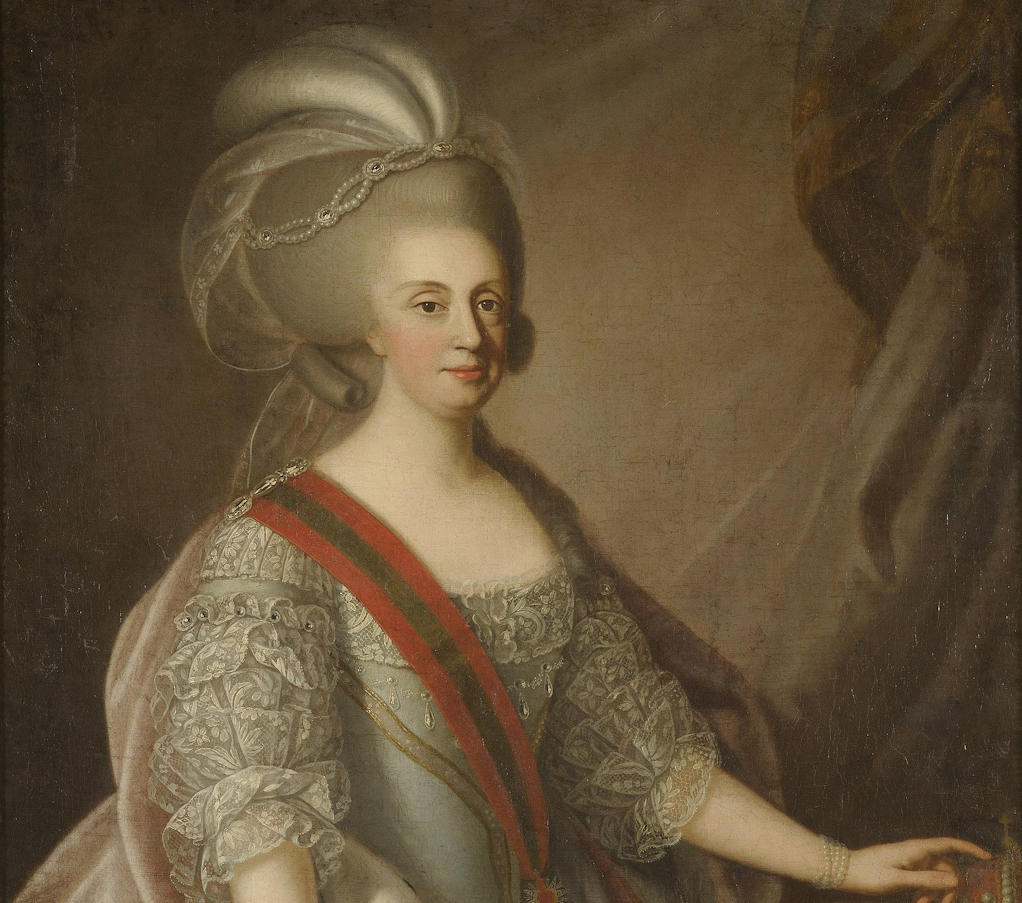Queen Maria I's reign was marked by political and social challenges. Portugal faced conflicts, economic instability, and the devastating earthquake of 1755 that ravaged Lisbon. The queen's devout Catholic beliefs and mental health issues influenced her decision-making, leading to a period of absolutism and religious conservatism.
Despite the political turbulence, Queen Mary I was a passionate patron of the arts and culture. She fostered the development of literature, music, and the visual arts, contributing to Lisbon's cultural renaissance. Notably, she supported renowned Portuguese artists, composers, and writers, including the likes of João Domingos Bomtempo, Pedro Alexandrino de Carvalho, and Francisco Manuel do Nascimento.
Queen Mary I had a profound impact on the architectural landscape of Lisbon. She commissioned the construction and expansion of the Royal Palace (Palácio da Ajuda) in Lisbon, which became her principal residence and a testament to her love for the city. Today, the Ajuda National Palace stands as a magnificent architectural gem, showcasing the opulence and grandeur of her reign.
Lisbon.vip Recommends
Queen Maria I's reign ended in 1816, and she was succeeded by her son, John VI. Despite her controversial decisions, her legacy endures. She is remembered for her patronage of the arts, contributions to cultural development, and her love for Lisbon. Her devotion to Catholicism and her pious nature had a lasting impact on Portuguese society and influenced the city's religious landscape.
Queen Mary I of Portugal played a significant role in the history of Lisbon. Despite the challenges she faced during her reign, she left an enduring legacy in the city through her patronage of the arts, architectural contributions, and urban development. Today, her impact can still be seen and felt, reminding us of the remarkable queen who left an indelible mark on the heart of Lisbon.



